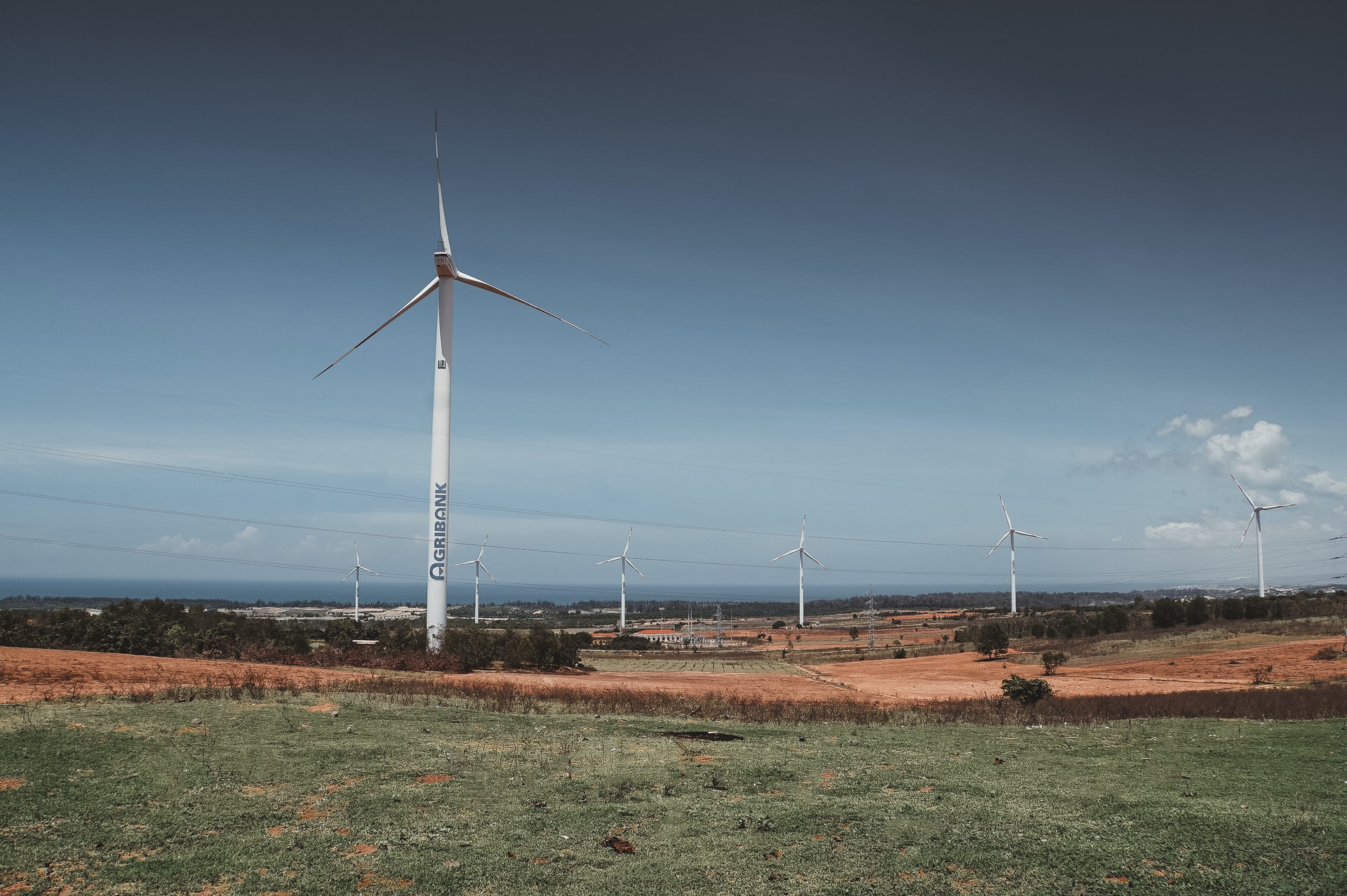The Rush for Clean Energy
While fossil fuels have been used for several decades, the knowledge of clean or renewable energy sources isn’t recent. In fact, several decades ago, renowned inventor Thomas Alva Edison said, “I’d put my money on the sun and solar energy. What a source of power! I hope we don’t have to wait till oil and coal run out before we tackle that.” It was a precise forecast of what would take place in the 21st century, where economies globally are prioritizing renewable energy usage.
Solar, wind, hydro and geothermal energy can now all be harnessed. Renewable energy has become both practical and popular because of technological advances, where the associated costs of production are not prohibitive as they once were. Innovations such as these, in the energy production sphere, will conserve natural resources, reduce carbon emissions significantly, and contribute to long-term sustainability.
As the world rushes to decarbonize, policymakers are looking for cleaner energy sources. Pure hydrogen is one. While some have advocated using natural gas to create it, they have found out too late that this source is actually dirtier than coal as a primary energy source. When will governments publicize their plans to decarbonize? Are decarbonizing science breakthroughs over emphasized in terms of cost and time, or ignored?
Horasis is organizing the Horasis Asia Meeting on 26 November 2021 to discuss the energy crisis and the correct energy mix. The one-day virtual event will see participation from a diverse range of people, spanning members of governments, businesses, academia, and the media. The goal is to deliberate on pressing issues and arrive at actionable solutions that can ensure shared prosperity.
Policymakers are Taking Cognizance
The steady increase in global population has resulted in a corresponding increase in energy demands. Coal derived energy is still widely used in most emerging economies, although a few also have nuclear power station installations. Several developed economies were, in fact, closely examining nuclear power generators as a credible clean energy alternative. However, the 2011 earthquake that damaged an atomic reactor in Japan—resulting in radiation leaks—caused policymakers to re-examine this energy source.
In populous South Asia, energy demands have surged. With manufacturing being a core economic pillar in several regional countries, it is important to explore renewable energy sources. This will help maintain the growth momentum while mitigating the adverse environmental impacts stemming from fossil fuel emissions.
Under the second phase of the ASEAN Plan of Action for Energy Cooperation (APAEC) 2021-2025, ASEAN nations have outlined a five-year sustainability plan to boost renewable energy capacity and revive pandemic-hit economies. Vietnam, Thailand, the Philippines, Malaysia, and Indonesia collectively account for 84 percent of total installed renewable energy capacity in Southeast Asia. Cambodia, meanwhile, has positioned itself as the region’s ‘battery’. It boasts numerous hydroelectricity producing installations.
Investments by Large Businesses
Renewables are expected to supply one-third of the world’s electricity in 2025, on account of falling costs and favorable government policies. Hydropower accounts for nearly half of total clean energy production. Meanwhile, although hydrogen was earlier touted as a clean energy alternative, it turned out the majority of hydrogen is natural gas derived. Additionally, hydrogen production is energy intensive and produces large volumes of CO2.
Apart from governments, Southeast Asian businesses too are now investing in clean and renewable resources. In the Philippines, for example, over half the country’s total energy output was coal derived, in 2020. In a positive development, however, San Miguel Corporation is attempting to alter this by foregoing coal energy projects. Rather, it is investing US$1 billion in the construction of 31 new battery energy storage facilities around the country, each having a rated capacity of 1,000 megawatts.
Similarly, AC Energy and Singapore-based Sunseap Group are investing over US$2.4 billion in separate renewable energy projects across Southeast Asia.
The Decarbonizing Plans
Growing climate activism worldwide has been a positive contributor to the climate change cause. Many economies have pledged to reduce their emission levels, and are committed to achieving zero or even negative carbon emission levels. Currently, the kingdom of Bhutan is the only carbon negative country in the world.
Several economies have set 2050 as a milestone to accomplish environmental benchmarks. On the first day of the UN Climate Change Conference, Southeast Asia’s efforts to mitigate climate change gained further traction. Vietnam and Thailand are now also committed to achieving net zero emissions. At COP26, Australia increased its initial climate financing pledge to about US$1.5 billion for Pacific and Southeast Asian countries.
Decades of reliance on fossil fuel energy sources have yielded unprecedented increases in carbon emission levels. These cannot be reversed in a few years or even in one or two decades. Rather, it demands consistent efforts with unwavering commitment. And there will also be associated costs—that policymakers must budget for—to successfully make the shift towards clean energy.
Photo Caption: A wind power farm in Vietnam.



